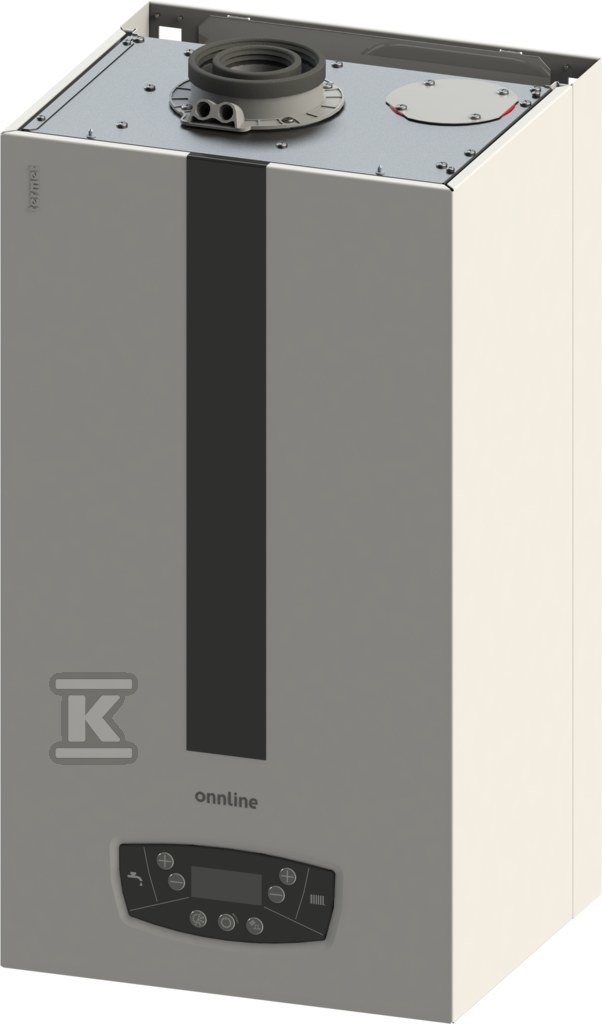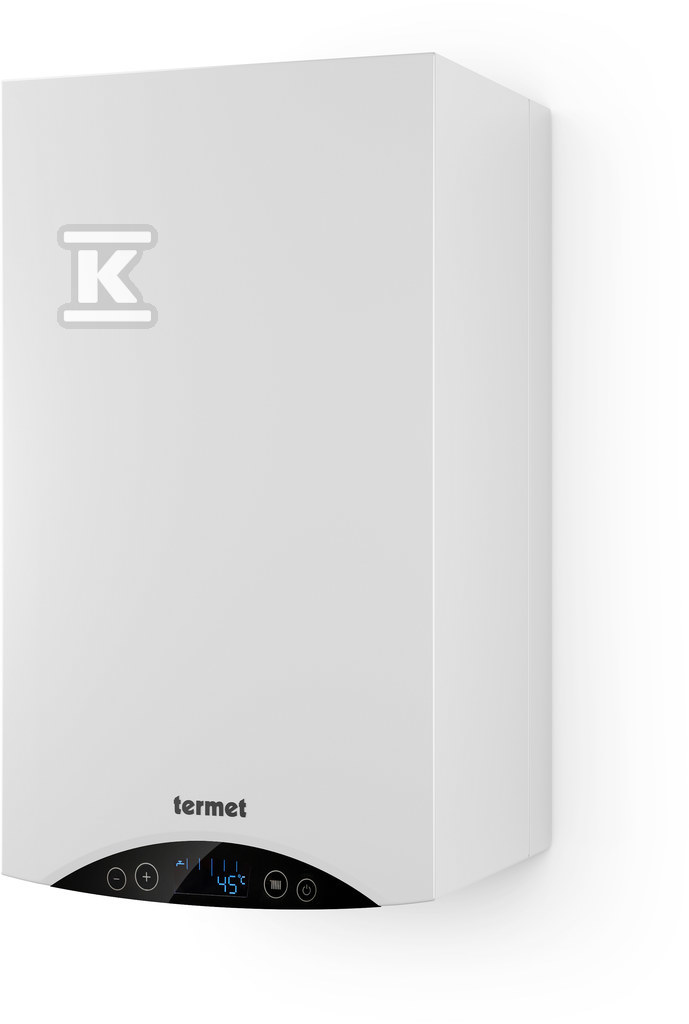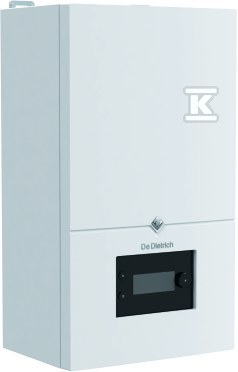According to the Global Carbon Atlas, the European Union emits around 4 million kilotonnes of CO2 equivalent per year. Although the EU is responsible for only 7% of global emissions (which, given the size of the European economy, is not a bad result), there is still a lot to do in this area. One area that requires improvement is construction and the energy demand of buildings.

Check out gas stoves at the Onninen wholesaler
What does the EU EPBD directive say?
The primary objective of the EPBD directive is to reduce energy consumption in buildings and, as a result, reduce greenhouse gas emissions. In order to achieve these objectives, the directive introduces requirements for Member States to introduce regulations:
- increasing the energy efficiency of new and existing buildings;
- promoting the use of renewable energy sources and intelligent energy management systems;
- encouraging the construction of nearly zero-energy buildings (nZEB);
- introducing mandatory energy certificates for buildings.
 One of the most important provisions of the EPBD is the requirement for all new buildings in the EU to be nearly zero-energy buildings. Such buildings must be characterized by very high energy efficiency, and most of their energy demand should be covered by renewable sources. In the case of existing buildings, the directive obliges Member States to regularly modernize them to improve energy efficiency.
One of the most important provisions of the EPBD is the requirement for all new buildings in the EU to be nearly zero-energy buildings. Such buildings must be characterized by very high energy efficiency, and most of their energy demand should be covered by renewable sources. In the case of existing buildings, the directive obliges Member States to regularly modernize them to improve energy efficiency.
The EPBD also highlights the importance of energy monitoring and optimization systems, such as smart meters and energy management systems. The introduction of these technologies is intended to give users better control over their energy consumption and translate into reduced emissions.
The EPBD introduces the obligation to have energy certificates for buildings, which provide information about their energy efficiency. Such certificates are necessary when selling or renting a property, and their purpose is to increase awareness of energy consumption and promote investment in energy-saving technologies.
The European Union EPBD Directive and gas heating systems
The EPBD Directive places emphasis primarily on the promotion of renewable energy sources and the abandonment of fossil fuels. However, it does not impose the obligation to dismantle gas boilers, nor does it prohibit their use. The new regulations will not even prohibit the installation of such furnaces in newly constructed buildings. Gas boilers and furnaces will still be able to be used, but on condition that certain requirements are met.
 Related issues are addressed by the EU Energy Performance of Buildings Directive (EPBD) amended this year. According to its assumptions, primary energy consumption in residential buildings in the EU is to be reduced by 16% by the end of this decade. Five years later, a reduction of up to 22% is expected. How does the legislator intend to achieve these goals? What do the changes related to the EPBD mean for users of gas furnaces? Will the new regulations mean that without changing the boiler, the radiators in their homes will soon become cold?
Related issues are addressed by the EU Energy Performance of Buildings Directive (EPBD) amended this year. According to its assumptions, primary energy consumption in residential buildings in the EU is to be reduced by 16% by the end of this decade. Five years later, a reduction of up to 22% is expected. How does the legislator intend to achieve these goals? What do the changes related to the EPBD mean for users of gas furnaces? Will the new regulations mean that without changing the boiler, the radiators in their homes will soon become cold?
From 2025, EU member states will no longer be able to provide subsidies for the purchase of gas boilers. This decision is due to the recognition of natural gas as an unecological fuel, even though for many years it was promoted as a cleaner alternative to coal or heating oil. This change surprised many investors who until recently chose a gas furnace as a clean source of heat. Although the lack of subsidies does not mean a complete ban on the installation of gas furnaces, it may discourage their use.
The next step towards achieving the directive's objectives is to introduce a ban on installing new gas boilers in public buildings – e.g. schools, offices or health care facilities. The ban will come into force in 2028.
Will gas furnaces have to be replaced due to the EU EPBD directive?
 According to the directive, a ban on installing new gas boilers in private buildings will also come into force in 2030. Although people who have already installed gas boilers will be able to continue using them, the lack of possibility of installing new devices may affect investors' decisions regarding modernization works. However, the EPBD provides for some exceptions. After this date, it will be possible to install gas furnaces in hybrid systems, combining gas with heat pumps or renewable energy sources.
According to the directive, a ban on installing new gas boilers in private buildings will also come into force in 2030. Although people who have already installed gas boilers will be able to continue using them, the lack of possibility of installing new devices may affect investors' decisions regarding modernization works. However, the EPBD provides for some exceptions. After this date, it will be possible to install gas furnaces in hybrid systems, combining gas with heat pumps or renewable energy sources.
Another loophole is to be the possibility of different interpretations of what constitutes a fossil fuel. The directive only prohibits furnaces powered by them. If the fuel contains even a fraction of biofuel, the gas boiler will be considered an ecological heat source. Many experts already predict that suppliers will take advantage of this solution, so gas furnaces will be used on the same scale as before. Investing in such a device is therefore still justified - especially if it is part of a hybrid installation combining gas heating with a heat pump or renewable energy sources.